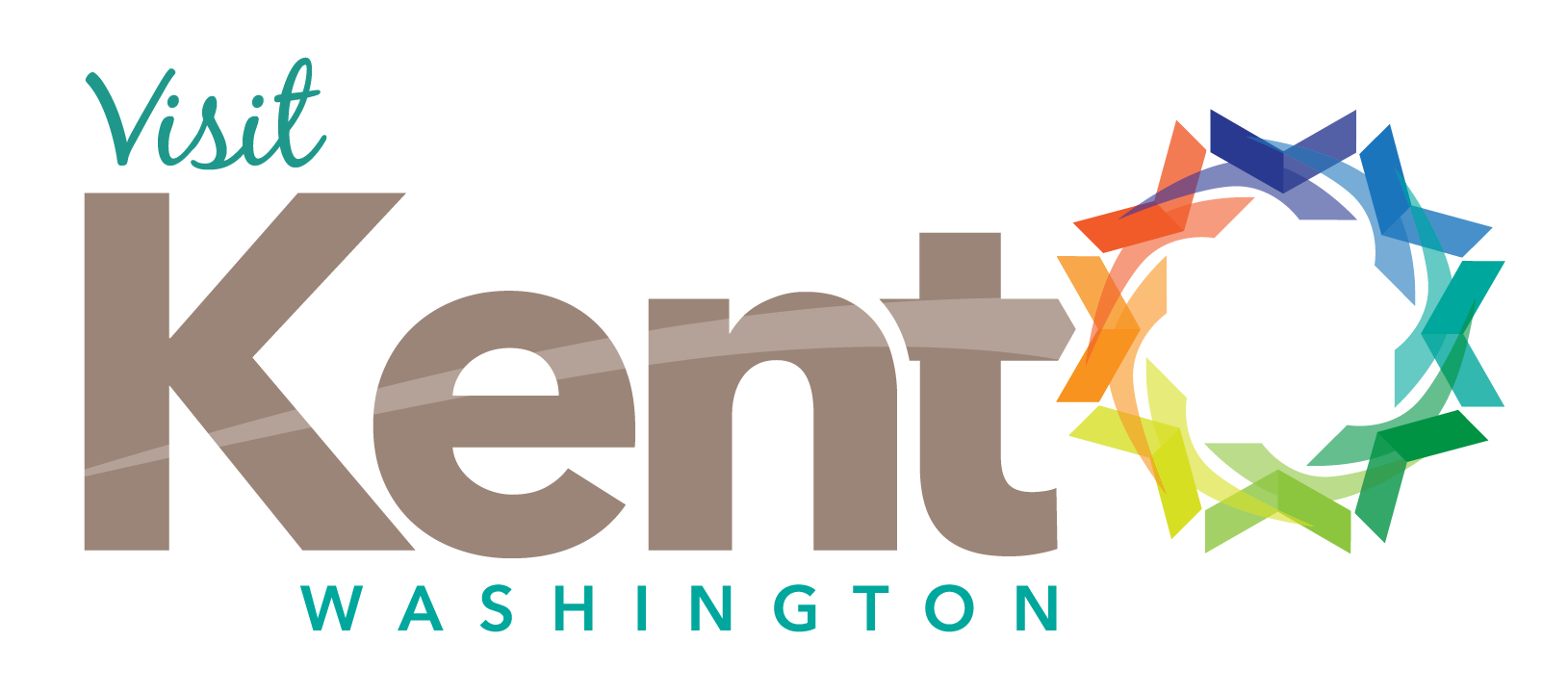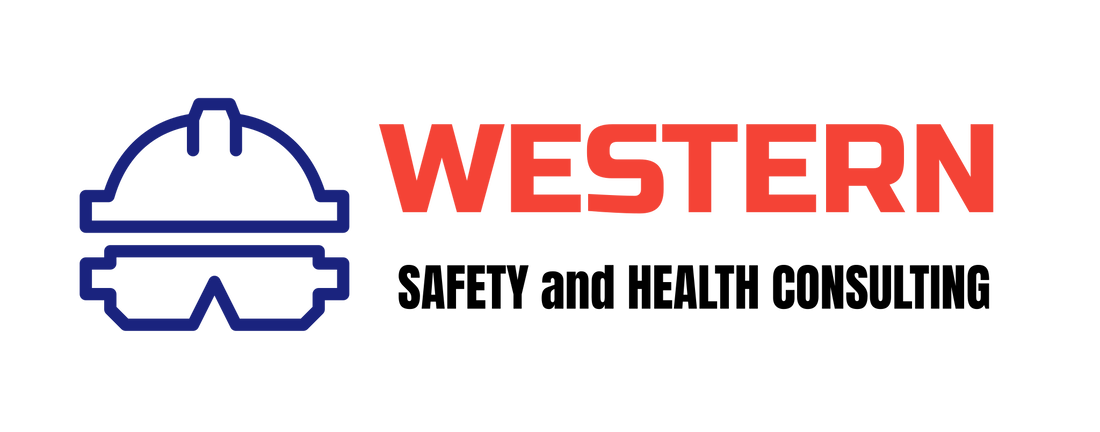|
BULLYING AND HARASSMENT TRAINING BC
ONLINE BULLYING AND HARASSMENT TRAINING BC WHAT IS BULLYING AND HARASSMENT? According to WorkSafeBC, and employee is bullied and harassed when someone takes an action that he or she knew or reasonably ought to have known would cause that worker to be humiliated or intimidated. When an employer or supervisor takes reasonable action to manage and direct workers, it is not sometimes considered bullying and harassment. Examples of behavior or comments that might constitute bullying and harassment include verbal aggression or insults, calling someone derogatory names, harmful hazing or initiation practices, vandalizing personal belongings, and spreading malicious rumors. WHO NEEDS BULLYING AND HARASSMENT TRAINING IN BC? All employees within your business including Supervisors must go through some form of formal Bullying and Harassment training as per WorkSafeBC regulations. This training course can be done in house or contracted through a third part provider. Online Bullying and Harassment training in BC is also acceptable by WorkSafeBC. WHO PROVIDES BULLYING AND HARASSMENT TRAINING IN BC? One of the most recognized training for Bullying and Harassment Training in BC can be viewed HERE. They offer the Bullying and Harassment training course for BC employers in both classroom version and online version. WHAT CAN I DO IF I AM BEING BULLIED OR HARASSED IN THE WORKPLACE? If you experience workplace bullying and harassment you must report it to your Supervisor immediately or JHSC members or Safety Representative. You should also:
Make a record of what happened as soon as you can, write down what happened and record the following: who was involved, the date, time and place of the bullying and harassment, who if anyone saw it, and what was said and done. This information may be useful during an investigation. If you experience cyberbullying, keep hard copies of tweets, posts or emails for use in investigations. Get some advice immediately. You can get advice about what to do from the contact person named in the workplace bullying and harassment procedures. As well your human resources manager or union representative can provide advice. If you feel safe and comfortable, talk to the bully by approaching the bully and make it clear the behavior is not appropriate at the workplace. Report the incident to the contact person named in the procedures. If the Supervisor or the contact person is the alleged bully, contact higher authorities within your company, such as your HR department. Include as much information as possible. For example:
A worker who has experienced negative employment consequences, such as dismissal or demotion, as a result of reporting workplace bullying and harassment, may file a complaint of discriminatory action with WorkSafeBC. A worker who has a diagnosed mental disorder that is predominantly caused by a significant work-related stressor, such as workplace bullying and harassment, may submit a claim for compensation. WHAT PROCEDURES SHOULD AN EMPLOYER FOLLOW IN THE WORKPLACE? Employers in BC must implement procedures for responding to reports or incidents of bullying and harassment. The procedures must ensure a reasonable response to the report or incident and aim to fully address the incident and ensure that bullying and harassment is prevented or minimized in the future. Developing and implementing procedures for how the employer will deal with incidents or reports of workplace bullying and harassment must include the following:
WHAT HAPPENS IF WORKSAFEBC RECEIVES COMPLAINTS OF WORKPLACE BULLYING AND HARASSMENT IN BC? WorkSafeBC’s role is to ensure that an employer has adequate policy, procedures, and training in place to address bullying and harassment. WorkSafeBC may also confirm whether or not an employer has conducted an investigation and followed its own procedures when responding to specific complaints of workplace bullying and harassment. When WorkSafeBC receives a complaint from a worker, a prevention officer will contact the worker to ask whether the worker has reported the bullying and harassment to the employer, and how the employer responded to the compliant. The officer may contact the employer to ensure that there are adequate policies and procedures in place. WHAT YOU DO IF YOUR EMPLOYER OR SUPERVISOR IS BULLYING YOU? An employer must have procedures for reporting bullying and harassment. These must include procedures for reporting when the employer, supervisor, or person acting on behalf of the employer is the alleged bully and harasser. If your employer does not have policies, procedures or training around workplace bullying and harassment, you may inform WorkSafeBC’s toll-free prevention line at: 1.888.621.SAFE (7233). DOES THE LAW APPLY ON CONSTRUCTION SITES OR MULTI-EMPLOYER SITES? The OHS policies apply equally across all workplaces, regardless of sector or industry. Employers working at a multiple employer workplace must take steps to prevent or minimize bullying and harassment that might originate from workers of other employers and ensure its workers do not bully or harass the workers of other employers. The prime contractor at a multiple employer workplace must do everything that is reasonably practicable to establish and maintain a system or process to ensure compliance with occupational health and safety requirements. This includes maintaining a system for dealing with complaints of bullying and harassment between workers of different employers and ensuring employers comp
2 Comments
JOINT HEALTH AND SAFETY COMMITTEE TRAINING BC
JHSC TRAINING BC In British Columbia BC, WorkSafeBC regulations state that all employers with 20 or more employees (overall within your business) must establish a joint health and safety committee in the workplace. If your business has more than 9 but fewer than 20 workers, you need to have a worker health and safety representative and a JOSH Committee is not required. This includes any workplace where there are 10 or more workers employed at the workplace for longer than a month. WHAT IS A JOINT HEALTH AND SAFETY COMMITTEE? The JHSC is an advisor group made up of employer and employee representatives. These members work together to identify health and safety problems and recommend solutions within the workplace. This joint committee plays an important role in your occupational health and safety program, giving workers and employers a way to work together to identify and find solutions to workplace health and safety issues. All members of a joint health and safety committee must meet together for a meeting at least once per month as per WorkSafeBC Regulations. HOW ARE JHSC MEMBERS SELECTED? 50% can be management reps and the other 50% can be employee reps. You cannot have more management reps on your committee than employee reps. For example 2 managers; 4 employees is good. Employee Reps must be elected by the workers. It is recommended to also train 1 to 2 alternates in case other members are absent. Your Joint Health and Safety Committee must meet together at a minimum of once per month. WHAT TRAINING DO THE JHSC COMMITTEE MEMBERS REQUIRE IN BC? According to WorkSafeBC regulations, all joint health and safety committee members selected on or after April 3, 2017 must receive eight hours of training and instruction from an approved training provider. All members are also entitled to eight hours of leave per year to attend occupational health and safety training. Training and certification must be provided to ALL members and should be valid for at least two years. WHO PROVIDES THE JHSC TRAINING IN BC? Currently in British Columbia BC, there are only 3 APPROVED health and safety consulting companies which offer the 8 Hour JHSC Training in either classroom or online formats: JOINT HEALTH AND SAFETY COMMITTEE TRAINING BC JOINT HEALTH AND SAFETY COMMITTEE TRAINING BC JOINT HEALTH AND SAFETY COMMITTEE TRAINING BC WHAT LEGAL RESONSIBILITIES DO JHSC MEMBERS HAVE? The joint health and safety committee plays an important role in your occupational health and safety program, giving workers and employers a way to work together to identify and find solutions to workplace health and safety issues. The joint health and safety committee has the following specific duties and functions in BC:
DO JOINT HEALTH AND SAFETY COMMITTEE'S IN BC NEED TO BE EVALUATED? Section 3.26 of the WorkSafeBC OHS Regulations requires a written evaluation to be conducted annually to determine the effectiveness of the joint health and safety committee. The intent of the evaluation is to determine whether the joint health and safety committee is in compliance with the Act and Regulation, and to assess whether the joint committee has been effective in fulfilling its role. Evaluations should also identify improvements to be considered and implemented. To assist in the evaluation process, joint health and safety committees can use the Joint Health and Safety Committee Evaluation Tool offered free by worksafebc. You are not required to use this template, however, and can use your own committee evaluation tool as long as it includes all the information required by section 3.26 of the Regulation. WHAT OTHER DUTIES TO JHSC MEMBERS HAVE OTHER THAN ATTENDING MONTHLY MEETINGS? The Worksafebc regulation sets out certain functions and powers that apply to the joint health and safety committee or representatives as a whole, and specific duties and powers that apply to worker members. The committee’s key functions are to:
Responsibilities and powers of the health and safety representative include:
|
AuthorWrite something about yourself. No need to be fancy, just an overview. Archives
March 2021
Categories |
- Home
- OHS Safety Programs
-
OHS Safety Training
- Joint Health and Safety Committee Training BC
- Confined Space Entry Training BC
- Fall Protection Training BC
- Manlift Operator Training
- Scissor Lift Operator Training
- Forklift Operator Training
- Bullying and Harassment Training BC
- Workplace Violence Training BC
- Lock Out Training BC
- WHMIS GHS 2015 Training BC
- Accident Incident Investigations Training BC
- Safety Inspections Training BC
- Asbestos Awareness Training BC
- Supervisor Legal Responsibilities Training BC
- ONLINE SAFETY TRAINING
- Contact
VANCOUVER BC I WEST VANCOUVER BC I EAST VANCOUVER BC I NORTH VANCOUVER BC I BURNABY BC I RICHMOND BC I SURREY BC I DELTA BC I NEW WESTMINSTER BC I LANGLEY BC I MAPLE RIDGE BC I COQUITLAM BC I PORT COQUITLAM BC I WHITE ROCK BC I MISSION BC I CHILLIWACK BC I ABBOTSFORD BC I VICTORIA BC I NANAIMO BC I WHISTLER BC I BOWEN ISLAND BC SQUAMISH BC I SUNSHINE COAST BC I KELOWNA BC I KAMLOOPS BC
WASHINGTON STATE, USA I SEATTLE I OLYMPIA I TACOMA I RENTON I BELLEVUE I EVERETT I KENT I SPOKANE I BELLINGHAM
REDMOND I LYNWOOD I PORT ANGELES I BELLINGHAM I VANCOUVER I FEDERAL WAY I YAKIMA I KIRKLAND I KENNEWICK I AUBURN I PASCO I MARYSVILLE I SAMMAMISH
REDMOND I LYNWOOD I PORT ANGELES I BELLINGHAM I VANCOUVER I FEDERAL WAY I YAKIMA I KIRKLAND I KENNEWICK I AUBURN I PASCO I MARYSVILLE I SAMMAMISH
WASHINGTON STATE, USA1001 4th Ave #25
Seattle, WA, USA 98154 Phone Seattle, WA: (206) 707-9399 Email: info@westernsafetyconsulting.com |
VANCOUVER, BC, CANADA#22 - 8645 Armstrong Avenue
Burnaby, BC, Canada, V3N 2H4 Phone Vancouver, BC: (778) 316-6440 Email: info@westernsafetyconsulting.com |
SAFETY PROGRAM DEVELOPMENT |
|
OUR COMPANY |
© COPYRIGHT 2023 WESTERN HEALTH AND SAFETY CONSULTING, VANCOUVER, BC & WASHINGTON STATE, USA. ALL RIGHTS RESERVED.



 RSS Feed
RSS Feed










